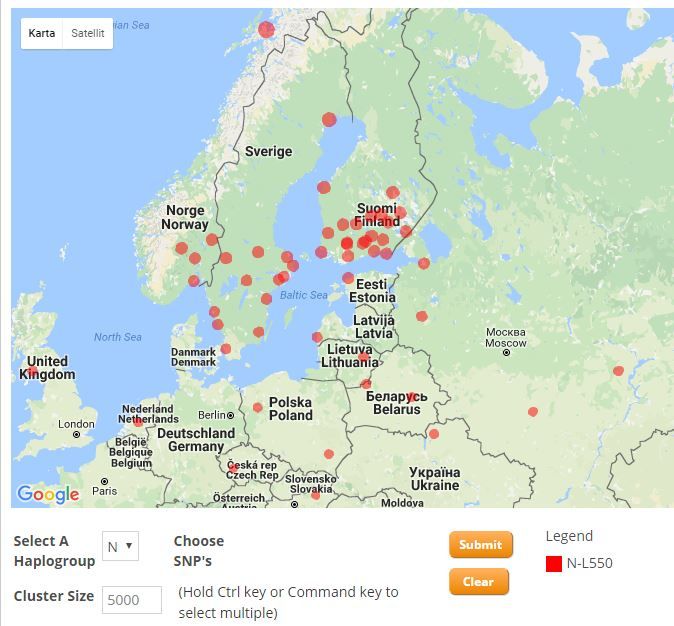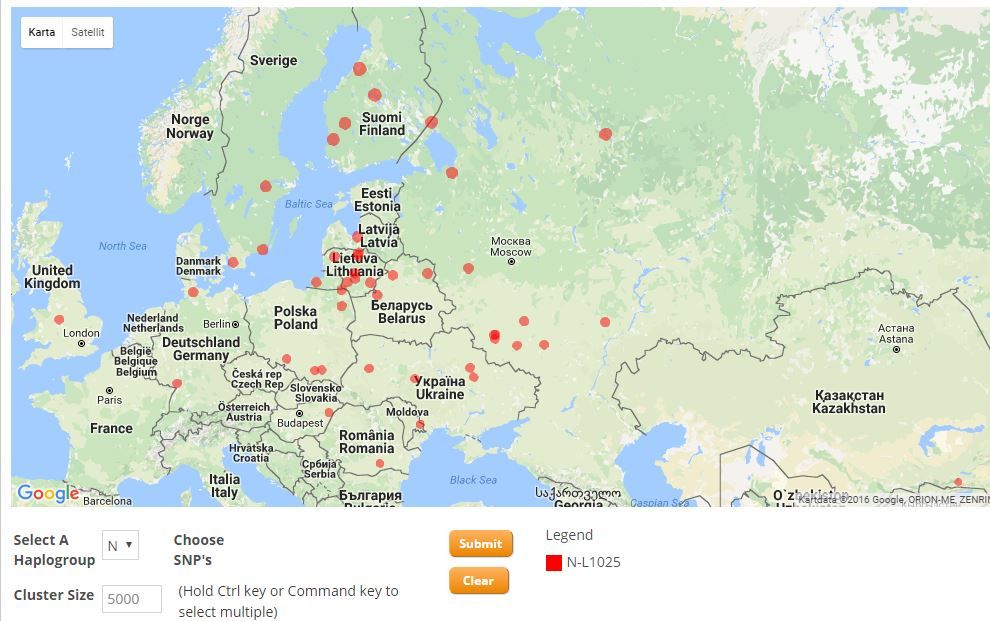Other authors writing about Goths were Procopius and Isidore of Seville but they tell their deeds in the Roman Empire. I think that as the Pontic Steppes fall into the Byzanthine sphere of influence the main sources might be taken from there. I suppose that tracking the history of the Crimean Goths could provide more information. By the way I think that if such Goths were able to stay in the Pontic steppes would be because they were not more attached to the land in an economical sense, maybe they were citizens involved in trading or so, and by that they would have had better chances to overcome Huns, Cumans, Petchenegs, Bulgars, etc. ... but speaking frankly the steppes were a kind of ethnic mill.




